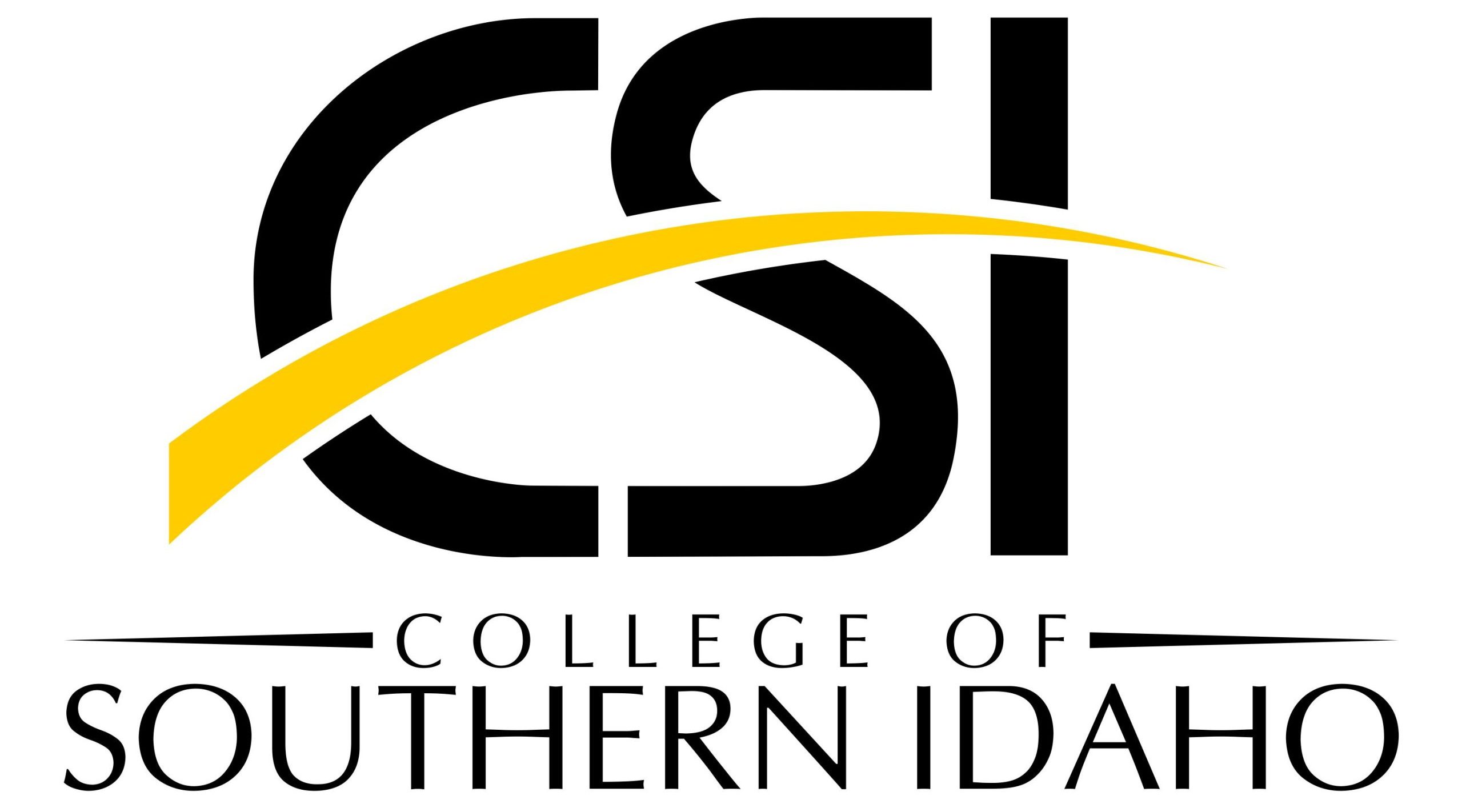CSI’s regional accrediting body, the NWCCU, adopted (and adapted) NC-SARA standards for distance education in early 2021. Many of those standards have to do with institutional support for and assessment of online education (and other kinds of distance ed), but one of the 20+ standards stands out for its specific import to instructors. It addresses the ways in which instructors and learners interact during the course of a semester, and that is through timely, individualized feedback. Interactions between knowledgeable, caring instructors and willing, prepared learners constitute one of the most effective and impactful kinds of learning. Think of it as a kind of just-in-time teaching.
Just-in-time for what?
If Dennis is struggling to understand the Kreb’s cycle, the gaps in his knowledge will likely show up in assignments he completes regarding the cycle. Noting those deficits, an instructor provide written feedback and/or arrange a time to chat or video conference with Dennis about his gaps. Having just completed those assignments, Dennis will have the gaps freshly in mind and is, therefore, primed to receive instruction on his areas of misunderstanding.
When Luisa submits an annotated bibliography with thin summaries and errors in the citations, an instructor can comment on this particular issues knowing that Luisa is likely to be receptive to the instruction because of the assignment she just submitted.
Let’s say that Michelle schedules a conference with the instructor or poses some questions via email or a discussion board or some other means. Some time carefully spent parsing Michelle’s questions and identifying the fundamental issues she struggles with allow an instructor to address her concerns in specific, personal terms.
I don’t have time for that much feedback
Without putting too fine a point on it, this type of timely individualized feedback is the core instructional activity in online teaching. Once a course is prepped and running (no small tasks, to be sure), an instructor’s time and energy should be focused on finding and addressing the gaps learners have with regard to the knowledge and skills of the course.
Imagine a communications course in which more than half of learners submit speech videos that are lacking in the same way(s). In that case, and instructor can prepare feedback for all those learners via a short video lecture which clarifies the requirements of the task or a discussion board or announcement posting that addresses those deficits for those who need it.
An instructor’s time may be better spent crafting tasks– and feedback opportunities on those tasks– than on creating lectures, presentations, lessons etc. that address learners broadly and collectively.
An instructor can get an early sense of which kinds of feedback and individualized instruction a particular group of learners will need by having learners complete a knowledge survey at or near the beginning of the term. A knowledge survey that covers the entire course content yields data about where learners are less confident in their knowledge or skill abilities. Instructors can focus on areas where learner confidence is low (and spend less time on concepts & skills where learners report strength and confidence), freeing up time to offer the level of feedback that reaches learners in the moment they want or need it.
So… what’s missing from this discussion of feedback?
"Knowledge Surveys consist of a series of questions that cover the full content of a course. The surveys evaluate student learning and content mastery at all levels: from basic knowledge and comprehension through higher levels of thinking."
Knowledge surveys are not tests and don't ask learners to answer questions. They ask them to rate their confidence in their abilities to answer or find answers to the questions.
https://serc.carleton.edu/NAGTWorkshops/assess/knowledgesurvey.html

